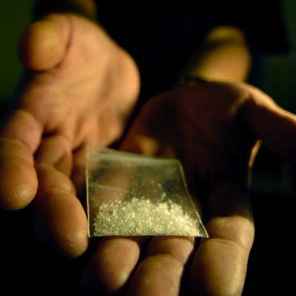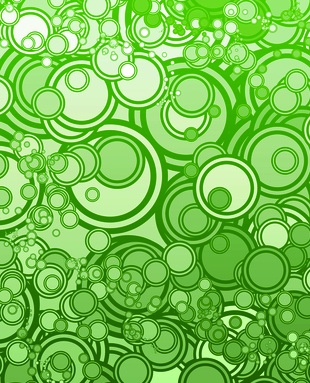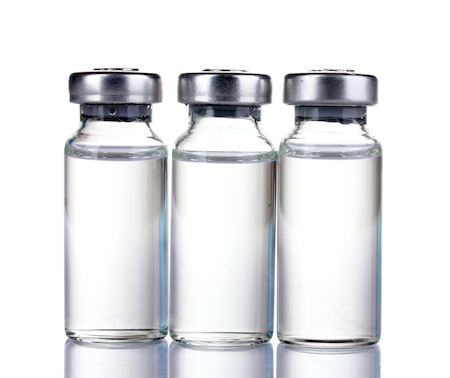Jump to Section:
The term “designer drugs” refers to a range of synthetic substances that are created in labs. They are not the same as the drugs created in a lab and produced under strict standards for the purposes of medical use. Rather, these drugs will vary in composition in every batch, making them exceedingly dangerous for users.
Not only is acute medical emergency due to the toxic makeup of these substances a constant concern, but also dependence upon these drugs alone or in combination with one another or other drugs, including alcohol and marijuana, can be life-altering and can occur with regular use. Patients who are unable to stop their use of any type of drug despite the ongoing negative consequences will need rehabilitation and professional care to stop using all drugs of abuse safely and start living a life that is defined by positive choices and ongoing wellness.
Some of the most common designer drugs include:
MDMA (Ecstasy or Molly)
Though there may be limited and specific therapeutic value to the use of pure MDMA in a safe and structured psychiatric setting, the version of the drug sold on the street, known as Ecstasy or Molly, is usually a combination of substances that can include methamphetamine, fillers and other chemicals in addition to MDMA. Use can often result in erratic behavior, dehydration and medical emergency.
Methamphetamine (crystal meth)
Similar to amphetamines in both chemical makeup and effect, methamphetamine is usually made in clandestine labs and results in a product that varies significantly in quality. People use the drug to stay awake for days at a time and/or to focus intensely on one specific project. Unfortunately, long-term abuse can result in malnutrition, tooth decay, sleep deprivation, dehydration, paranoia, cardiac issues and aggressive behavior.
Synthetics (K2, Spice, bath salts)
The chemical components of synthetic marijuana and synthetic cathinones are constantly changing as black market chemists work to stay a step ahead of laws banning their use. Legality does not equate with safety, however, and many are fooled into believing that the lack of regulation means that there is no medical risk to using these drugs. Users, however, may become aggressive and erratic while under the influence and many require emergency medical care.
LSD (acid)
The potency of Acid, or LSD, will always be incredibly variable; there is no version used for medical purposes. The liquid form is usually transferred to a paper that the user allows to dissolve on the tongue. Mood, the personality of the user, and the environment in which it is taken can all affect the experience of its use; when too much is taken or there are underlying medical issues, even one-time use can result in a trip to the ER.
Ketamine
An animal tranquilizer, ketamine, or K, is often abused in combination with other drugs in a club setting and can result in overwhelming intoxication. The powder can be snorted or pressed into pills and swallowed. The overwhelming nature of the drug often results in hospitalization and medical emergency for the user.
GHB
Initially approved by the FDA for use in the treatment of narcolepsy, GHB is a naturally occurring substance in the brain but at much lower doses than used for medical or recreational purposes. When abused, it can be overwhelming to the user, causing them to black out or be completely incapacitated while under the influence.
Rohypnol
Much like GHB, Rohypnol is also a CNS depressant and available in odorless and colorless versions, which means it can be used on unsuspecting victims to cause their incapacitation. Often users do not remember their actions under the influence, which can often result in dangerous and deadly choices.
At one time, designer drugs were primarily abused by teens who did not have legal access to alcohol and young adults who continued using the drugs as “party aids” for going out to clubs. Their use has spread among different population groups and continues to be an issue for users who mistakenly believe that they are safe due to the limited amount of prevention efforts dedicated to this class of substances and the massive amount of misinformation about their safety perpetuated by those who sell the drugs.
Under the Influence: Signs of Abuse

Most designer drugs create stimulant and/or hallucinogenic effects in users. To the outside observer, signs of designer drug use may be indicated by:
- Agitation or seeming nervous
- Erratic behavior
- Violence or aggression
- Irrational response to stimuli
- Inability to maintain conversation
- Memory loss
- Difficult seeing
- Lack of motor control and function
Street Names
Every type of designer drug has a number of different slang terms used on the street to refer to its use. These will vary based on region as well. However, some of the common street terms used to refer to different designer substances includes:
- MDMA: Ecstasy, Molly, love drug, hug drug, happy pill, smartees, XTC, X, vitamin X or vitamin E
- Methamphetamine: meth, speed, chalk, Tina, glass, ice, crank, crystal, Chrissy, yaba
- Synthetic marijuana: Spice, incense, lava, barely legal, scooby snacks, bang solid
- Synthetic cathinones: bath salts, white night, bliss, vanilla sky, purple wave, lunar wave
- LSD: acid, blotter, yellow sunshine, boomer, zen, loony tunes, window pane
- Ketamine: K, special K, super acid, purple, cat valium, cat tranquilizer, kit kat, ket
- GHB: G, gamma, liquid E, gamma-O, Georgia home boy, liquid X, easy lay, scoop
- Rohypnol: date rape drug, R2, roofies, roach, rope, the forget pill, forget me pill, roofenol

Don’t Procrastinate: Early Intervention Saves Lives
Those who are dependent upon designer drugs or substances of any kind will struggle with medical problems, relationship issues, problems at home and at work, and in building positive lives for themselves in the world. The earlier help is sought, the more likely it is that the patient will be able to overcome their drug dependence and create a solid foundation in recovery.
Contact us at Axis today to learn more about our evidence-based drug abuse and addiction treatment program and how we can help your loved one begin the healing process.








